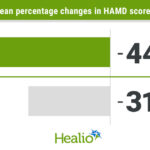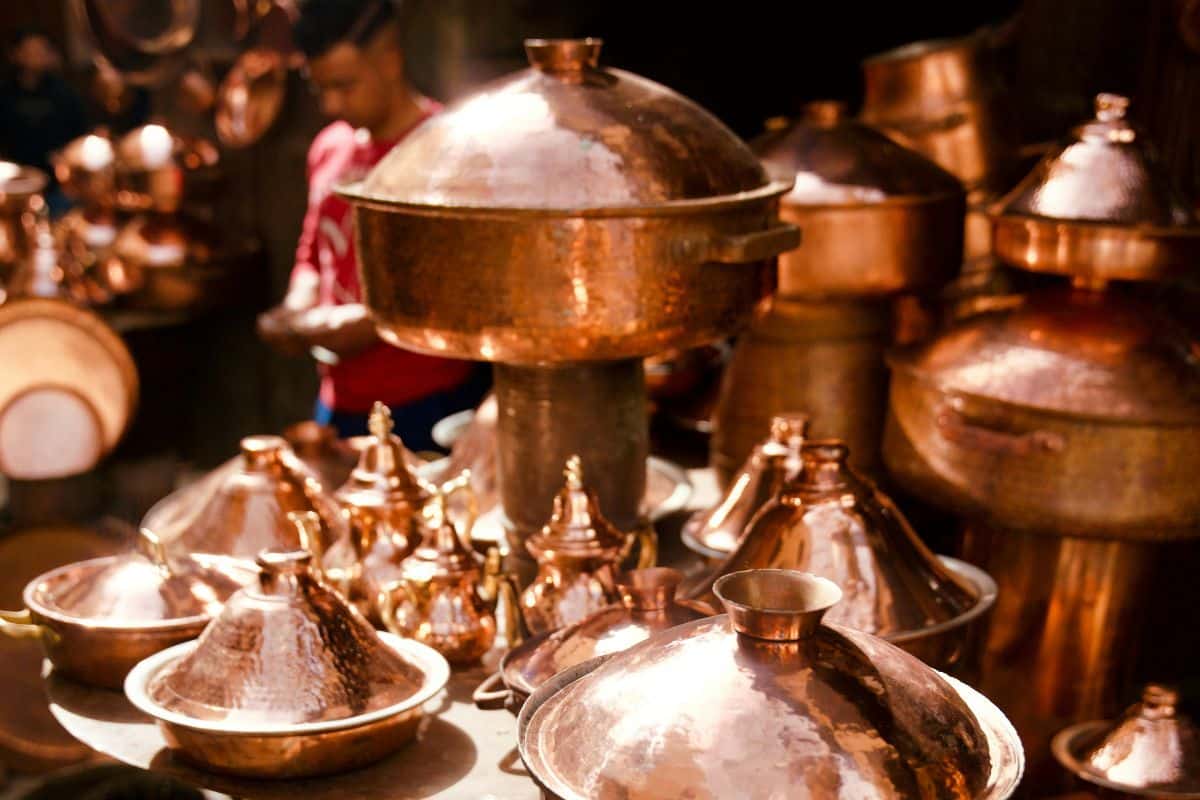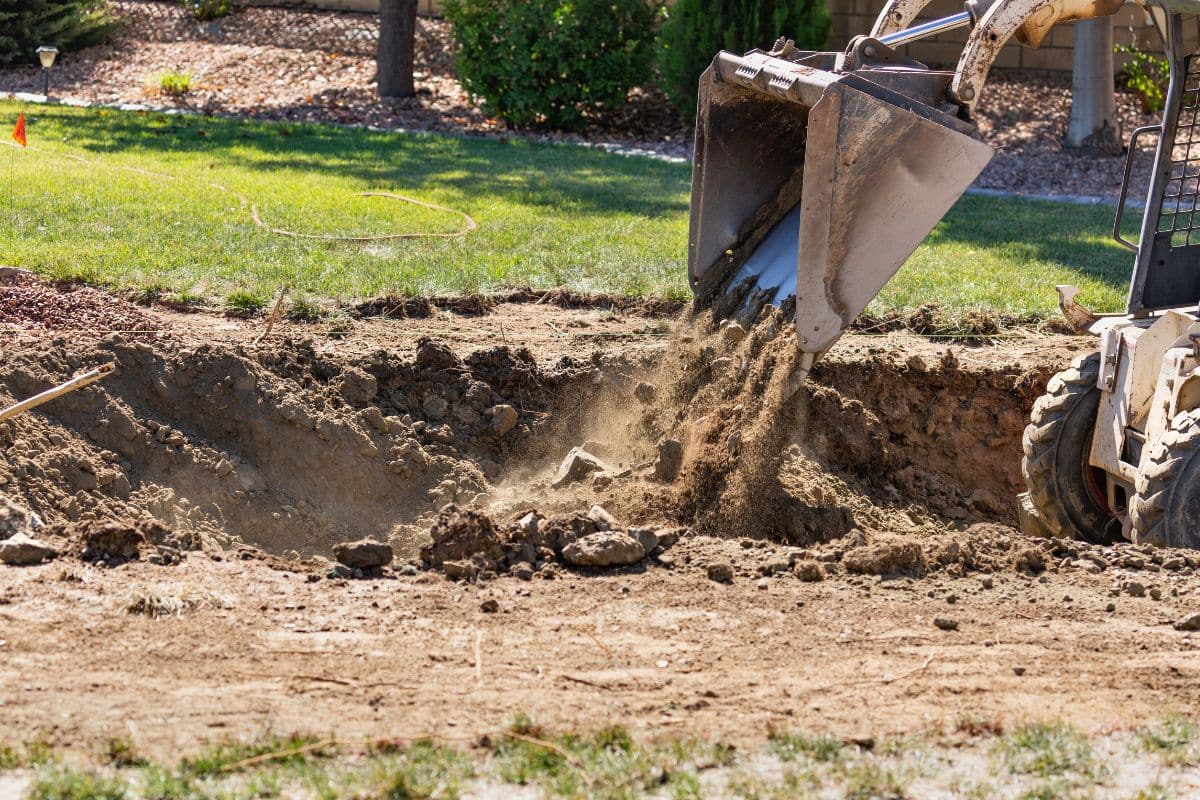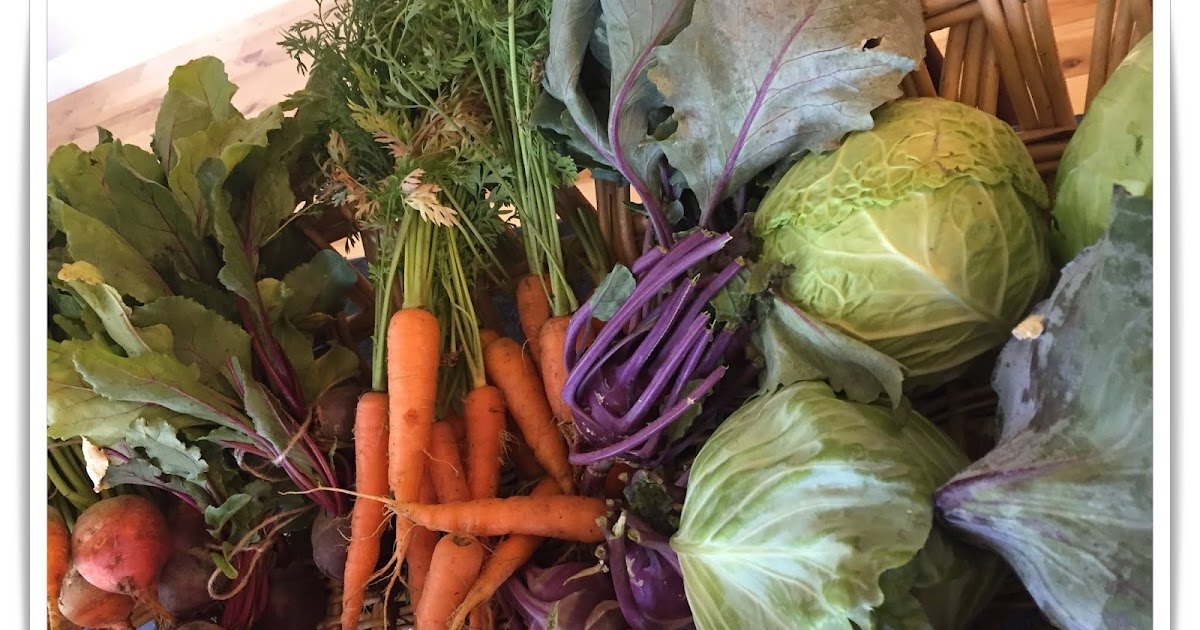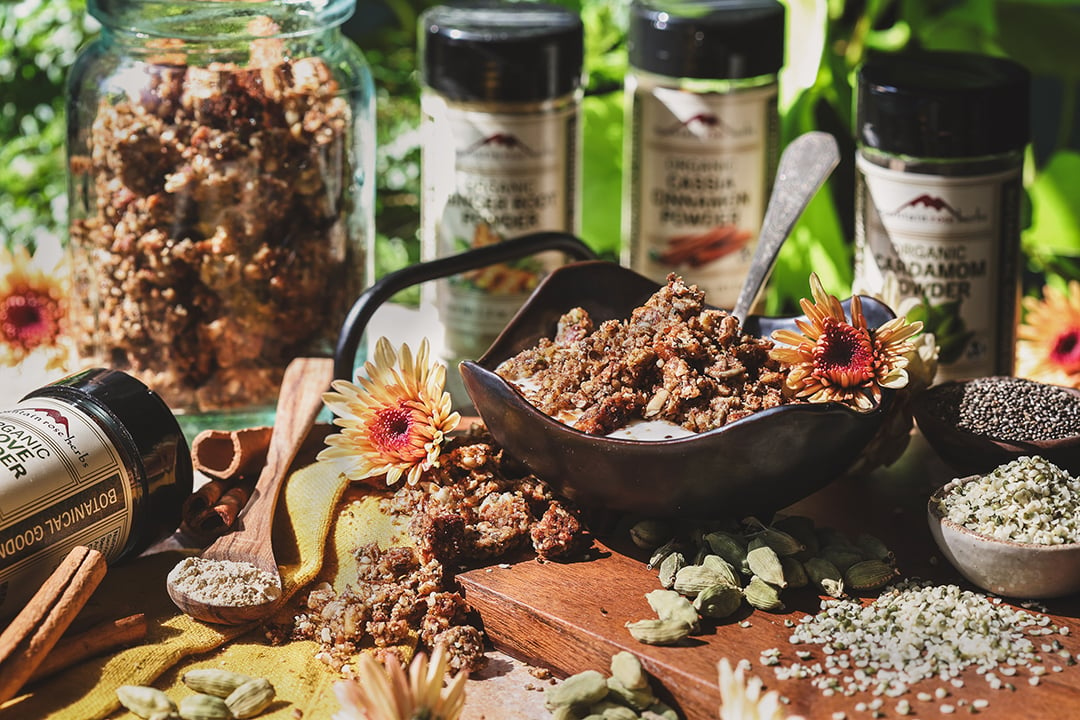Copper surfaces develop a natural patina over time, but this oxidation can diminish their lustrous appeal. Whether you’re dealing with cookware, decorative items, or architectural elements, knowing proper polishing techniques transforms dull copper into gleaming masterpieces. The process requires patience, appropriate materials, and understanding of copper’s unique properties.
Many homeowners discover tarnished copper items in kitchens, much like finding forgotten vegetables in storage areas. Speaking of storage, experts recommend avoiding common storage mistakes that can affect both food preservation and household items maintenance.
Understanding copper tarnishing and preparation
Copper tarnishing occurs through oxidation processes when the metal reacts with oxygen, moisture, and atmospheric compounds. This natural phenomenon creates various discoloration patterns, from light brown to deep green patinas. Understanding these chemical reactions helps determine the most effective polishing approach for your specific situation.
Before beginning any polishing procedure, proper preparation ensures optimal results. Remove loose dirt and debris using a soft cloth dampened with warm water. Avoid abrasive scrubbing motions that might scratch the copper surface permanently. Dry the item thoroughly to prevent water spots from interfering with the polishing compounds.
Temperature considerations play a crucial role in successful copper restoration. Room temperature surfaces respond better to polishing agents than extremely hot or cold items. Allow recently used cookware to cool completely before attempting any cleaning procedures. This prevents thermal shock and ensures even application of polishing materials.
Assess the severity of tarnishing before selecting your polishing method. Light discoloration requires gentle approaches, while heavily oxidized pieces need more intensive treatments. Document the item’s condition with photographs if dealing with valuable or antique copper pieces.
Natural polishing methods using household ingredients
Kitchen ingredients offer effective and economical solutions for copper polishing tasks. Salt and lemon juice create a powerful natural cleaning paste that removes tarnish without harsh chemicals. Cut a fresh lemon in half, sprinkle coarse salt on the exposed flesh, and rub gently across the copper surface using circular motions.
Vinegar and salt combinations provide another excellent homemade polishing solution. Mix equal parts white vinegar and salt to form a thick paste. Apply this mixture to tarnished areas and let it sit for several minutes before scrubbing with a soft brush or cloth. The acidic properties dissolve oxidation while salt provides gentle abrasive action.
Tomato-based products contain natural acids that effectively remove copper tarnish. Ketchup or tomato paste applied directly to discolored areas works surprisingly well for moderate tarnishing situations. Allow the acidic tomato compounds to work for ten to fifteen minutes before wiping clean with a damp cloth.
Here are the most effective natural polishing ingredients :
- Lemon juice with coarse salt for immediate results
- White vinegar mixed with table salt for deep cleaning
- Tomato paste for gentle, food-safe polishing
- Baking soda paste for sensitive copper surfaces
- Cream of tartar with lemon juice for stubborn stains
Commercial copper cleaners and professional techniques
Specialized copper cleaning products offer consistent results for valuable or heavily tarnished items. These formulated solutions contain specific acids and compounds designed to dissolve oxidation while protecting the underlying metal. Always read manufacturer instructions carefully and test products on inconspicuous areas first.
Professional-grade polishing compounds often contain mild abrasives that accelerate the cleaning process. Apply these products sparingly using soft cloths, working in small sections to maintain control over the polishing intensity. Excessive product application can lead to uneven results or potential surface damage.
Electrolytic cleaning methods represent advanced techniques for severely tarnished copper pieces. This process uses electrical current to reverse oxidation at the molecular level. However, this approach requires specialized equipment and knowledge, making it suitable primarily for professional restoration services.
Buffing wheels and polishing compounds create mirror-like finishes on copper surfaces. Start with coarse compounds to remove heavy oxidation, then progress through increasingly fine grits. This systematic approach ensures smooth, even results without visible scratches or swirl marks.
Maintenance and protection strategies
Regular maintenance prevents heavy tarnish buildup and reduces the frequency of intensive polishing sessions. Weekly dusting with microfiber cloths removes atmospheric particles that accelerate oxidation processes. This simple practice extends the time between major polishing efforts significantly.
Protective coatings preserve newly polished copper surfaces from environmental factors. Clear lacquer applications create barriers against moisture and atmospheric compounds. However, these coatings eventually wear away and require periodic renewal to maintain their protective properties.
Storage environment significantly impacts copper preservation. Dry, temperature-controlled spaces minimize tarnishing rates compared to humid or fluctuating conditions. Wrap valuable copper items in acid-free tissue paper for long-term storage protection.
Consider the intended use when selecting maintenance approaches. Decorative pieces benefit from protective coatings, while functional cookware requires food-safe maintenance methods. This distinction guides your choice between various polishing and protection strategies for optimal long-term results.



